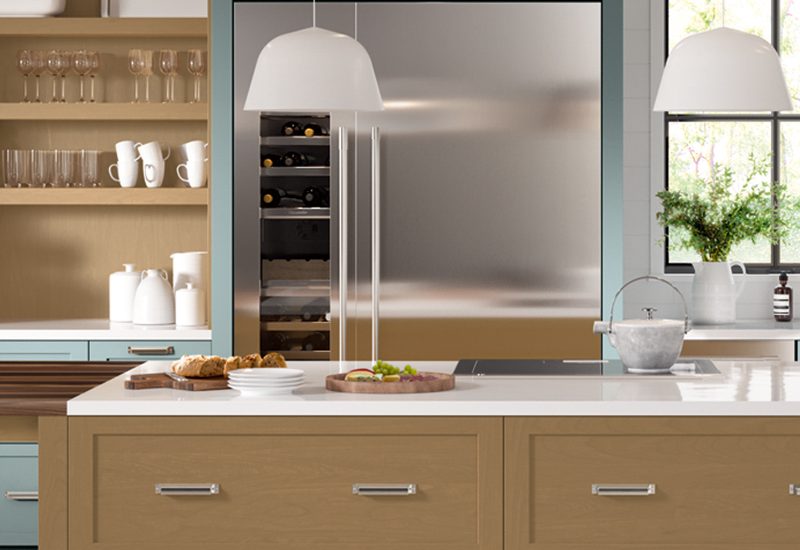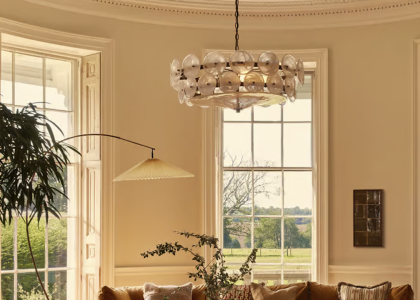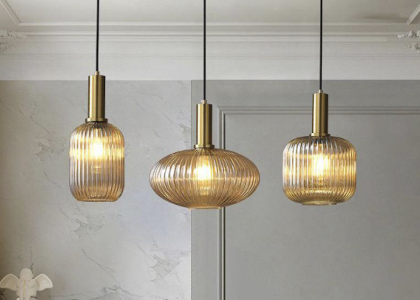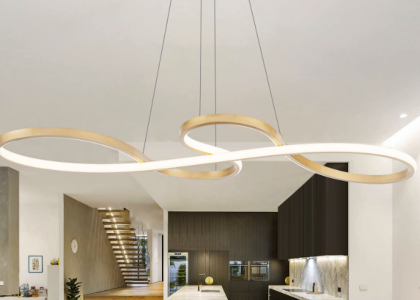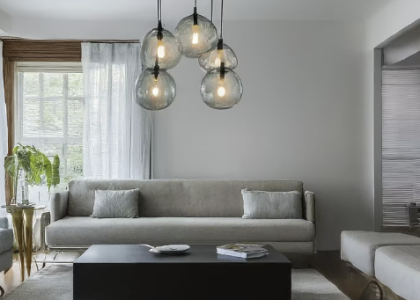Skandi interior design has been a popular choice for many homeowners around the world. Known for its minimalism, simplicity, and functionality, this design style focuses on creating a warm and welcoming environment while keeping everything sleek and stylish.
The Origin of Skandi Interior Design
The Skandi design style originated in the Nordic regions of Europe – Denmark, Norway, Sweden, Iceland, and Finland. Around the 1950s, Scandinavian design principles began gaining popularity around the world, and it has since influenced various fields, including architecture, fashion, and product design.
Key Elements of Skandi Interior Design
One of the key elements of Skandi interior design is the use of light colors, especially white, to give rooms a crisp and clean look. This is complemented by the use of natural materials, such as wood and stone. The aim is to create a warm, cozy atmosphere without cluttering the space.
Another important aspect of Skandi design is functionality. Furniture pieces are usually designed with practicality in mind, and they are often multi-functional. This is especially important in small apartments and homes, where efficient use of space is essential.
The Advantages of Skandi Interior Design
One of the main advantages of Skandi interior design is its timeless appeal. Unlike some other design trends that quickly go out of fashion, Skandi interiors are always in style. You can be sure that your home will look as chic and stylish ten years from now as it does today.
Another advantage of Skandi design is its versatility. Whether you prefer a minimalist look, a rustic vibe, or something in between, Skandi design can be adapted to suit your taste. With just a few key elements, you can create a unique, personalized space that reflects your personality.
How to Implement Skandi Interior Design in Your Home
If you’re interested in incorporating Skandi design principles in your home, there are a few key things to keep in mind. First, focus on minimalism and functionality. Clear out any unnecessary clutter and invest in furniture pieces that can serve more than one purpose.
Second, use light colors and natural materials to create a warm, inviting space. In addition to white, consider incorporating shades of gray, beige, and pale blue. For added texture, use materials such as linen, wool, and rattan.
Finally, add some decorative elements to personalize the space. This could be anything from a statement piece of art to some potted plants. Just remember to keep it simple – less is often more when it comes to Skandi design.

